Editor’s Note: Nikita evaluated this particular Texas Squat Bar at the family-owned gym, Renfrew Strength and Conditioning Center, up in Nova Scotia. As you can see from the pics, this bar has been put through the paces for years. Even though it’s an older bar, Capps Welding still makes the bar pretty much the same.
Table of Contents
Intro
They say everything is bigger and better in Texas, and with the Texas Squat Bar, that adage might be true. It’s challenging to find a gym with a proper squat bar available, but in a serious powerlifting training center, the Texas Squat Bar is the gold standard in training.
The Texas Squat Bar, like its sister barbells– the Texas Power Bar and Texas Deadlift Bar– are manufactured in Irving, Texas by Capps Welding. Buddy Capps, the owner of Capps Welding and bonafide powerlifting mastermind, is a former powerlifting champion in the great state of Texas. Therefore, he knew what the powerlifting circuit needed when crafting his various bar designs.
As with any great innovation, there are always copycats who try to emulate the greats and fall short. When purchasing a Texas Squat Bar, be sure to look at the caps on either end. On one side, you should see the shape of Texas. On the other, the full logo, including the shape of Texas encompassing “1980” with “Texas Squat Bar” and “Capps” surrounding the outside. If your bar does not have these caps, it’s not authentic.
Specs and Makeup
The Texas Squat Bar is heavier than your average power bar, weighing in at 25 kilograms (55 pounds). As a result, it is both thicker and longer than power bars with a 35mm diameter as opposed to the traditional 29mm diameter. You feel the difference in weight distribution the moment you step out of the rack. Made with American-produced, high-quality steel, the Texas Squat Bar is eight feet long, dwarfing the traditional seven-foot-long power bar.
Despite being longer than its counterparts, the Texas Squat Bar is extremely sturdy, even under tremendous amounts of weight. Unlike the flexion offered with a deadlift bar, the Texas Squat Bar is built to reduce wobbling and bouncing as you step out of a rack. This bar has a 2,000lb static rating with 186,000 PSI tensile strength.
The Texas Squat Bar features impressive knurling, both toward the sleeves for maximum grip and with four inches in the center for stability.
Durability
Despite daily use in both a squat rack and monolift, the Texas Squat Bar is maintaining its form exceptionally well. The knurling is not getting worn down at the high-contact points and other than a few scratches in the black zinc oxide coating on the shaft, it seems impervious to damage from time and handling. The sleeves– also longer than the standard power bar– are seeing some wear and tear from frequent use, but no more than would be expected given that it’s used daily in the gym and various powerlifting competitions throughout the year.
The Texas Squat Bar being examined has been used with both bands and chains and has frequently been loaded with upward of 700lbs in its home at Renfrew Strength and Conditioning Centre. Still, the bar has maintained its shape, with little to no visible warping. This incredible durability makes it a valuable asset in a serious powerlifting training gym. It’s no wonder that Texas bars are the official bars of the American Powerlifting Alliance, American Powerlifting Committee, and the International Powerlifting Organization.
Handling
As previously mentioned, you can feel the difference with the Texas Squat Bar the moment it is on your back. The size of the bar gives the illusion that it is heavier than it is while warming up, and adjusting to this may take time for those who usually use other types of bars. However, once you become accustomed to the bar and add more weight, the weight distribution over the length and thickness of the bar is appreciated and creates less of a pressure point than regular-sized bars.
Safety
If you usually squat with a regular bar, you will notice a significant change in stability. The coarse knurling grips both your back and hands, instilling confidence that your bar isn’t going anywhere. In addition to creating a more comfortable, secure-feeling experience, this aspect of the bar improves safety in heavy lifting. As the weights go up, you can rest assured that you have a secure grip on the bar. If you’ve ever squatted in a warm climate or sweat excessively, you know how unstable a traditional bar can feel.
Further on the subject of safety, the sleeves are a one-piece addition with no screws to rust or come loose over time. In addition to the knurling, the lack of mobility in the bar goes a long way to prevent accidents while stepping out on the platform, where loaders and spotters could be impacted by an unstable bar.
Ease of Use
The sleeves come in either raw steel or brushed chrome– the bar evaluated has the latter. Despite a bit of wear and tear from use, the finish makes it all too easy to load and unload plates. This feature has made the Texas Squat Bar exceptionally useful during full power competitions when the plates are adjusted between 150-200 times in the span of a few hours. The size of the sleeves is also acceptable for Olympic lifting plate brands, should you choose to use them.
Cons
There are no notable cons to using a Texas Squat Bar, other than the learning curve associated with transitioning from a traditional bar. The increased size, length, and weight of the bar take some getting used to. That being said, you’ll find it hard to go back to a traditional bar if the Texas Squat Bar is unavailable.
Take some time to get used to the Texas Squat Bar before piling on the big weights. The feel of the bar itself, in addition to the change in bar flexion, can be disorienting. However, any powerlifter worth his or her weight likes a challenge, right?
Maintenance
The overall durability of the Texas Squat Bar makes it easy to maintain without too much fuss. The main concern is chalk buildup, especially where the knurling is so aggressive. Take time to use a brush and remove excess chalk after training. Store in an upright rack or a horizontal rack when not in use. Upright racks will reduce contact with the knurling, though since the Texas Squat Bar seems mostly indestructible, you should be fine either way. Using an all-purpose cleaner and oiling the bar is a nice touch, but rarely necessary.
Proper Handling and Misuse
The most important thing you can do to ensure the longevity of your Texas Squat Bar is to ensure its used properly. Whether you operate a gym or mixed training center, ensure your members know what the Texas Squat Bar is for so they don’t try to bench press it or use it for rack pulls. The idea sounds ridiculous until you see it in action. If you have trouble with this, consider locking up your Texas Squat Bar so that it is only used by special request.
Upon Receipt
For warranties and sales terms to be honored, examine your Texas Squat Bar upon receipt. When you purchase from a reputable source, it will be packed for hard travel. The Texas Squat Bar examined for this review arrived at Renfrew in an 8.5-foot-long, hard cardboard tube, and was secured with additional cardboard, plastic wrapping to prevent moisture, and cushioning inside. It arrived in immaculate form.
Texas Squat Bar vs. Mastodon Squat Bar
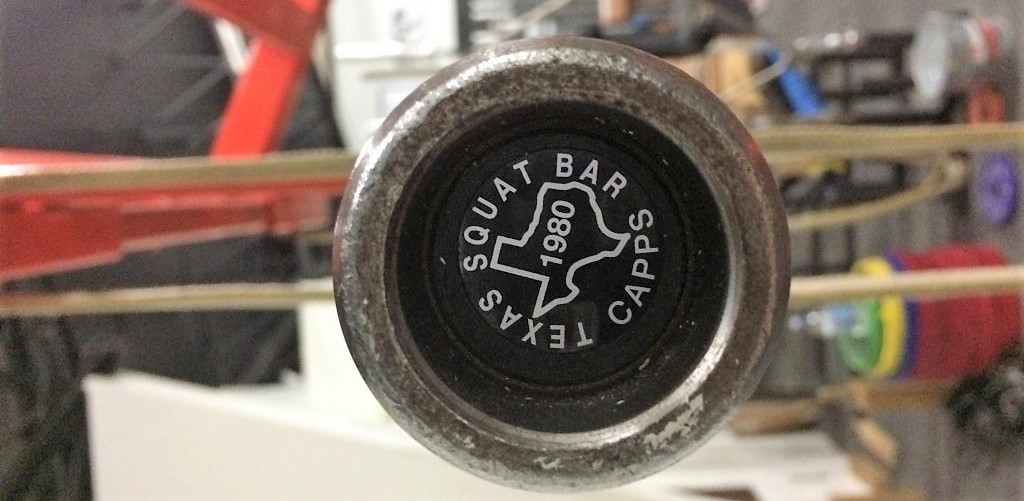
It’s not uncommon to find debates about whether the Texas Squat Bar is preferable or the Mastodon Squat Bar. If you cut through the hype, sponsorships, and subjectivity, it seems to be an entirely personal choice. The Mastodon Squat Bar is the same length and distribution between shaft and sleeves, though is slightly thicker and weighs in at five pounds heavier than the Texas Squat Bar. It was commonly used at Westside Barbell before they developed the Bulldog Squat Bar, which is 8.5 feet long and weighs 66 pounds.
If you’ve found a bar that works for you, stick with it. If you’re looking to buy a new bar and have limited experience with squat bars, the Texas Squat Bar reigns supreme in terms of notoriety and use throughout formal channels and federations.
Now, go forth, put some weight on the bar, and don’t skip leg day because you’re too busy reading reviews.
Editor’s Note:
The Mastodon and Bulldog squat bars have both been discontinued. See our article comparing the Texas, Rogue, Kabuki and StrongArm squat bars.

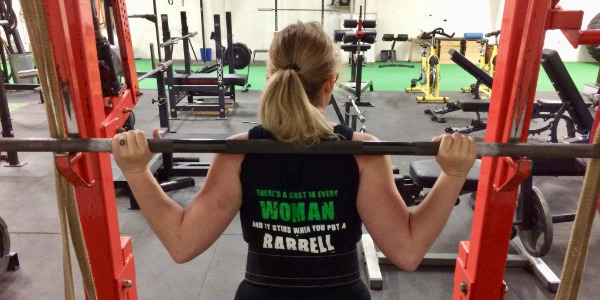
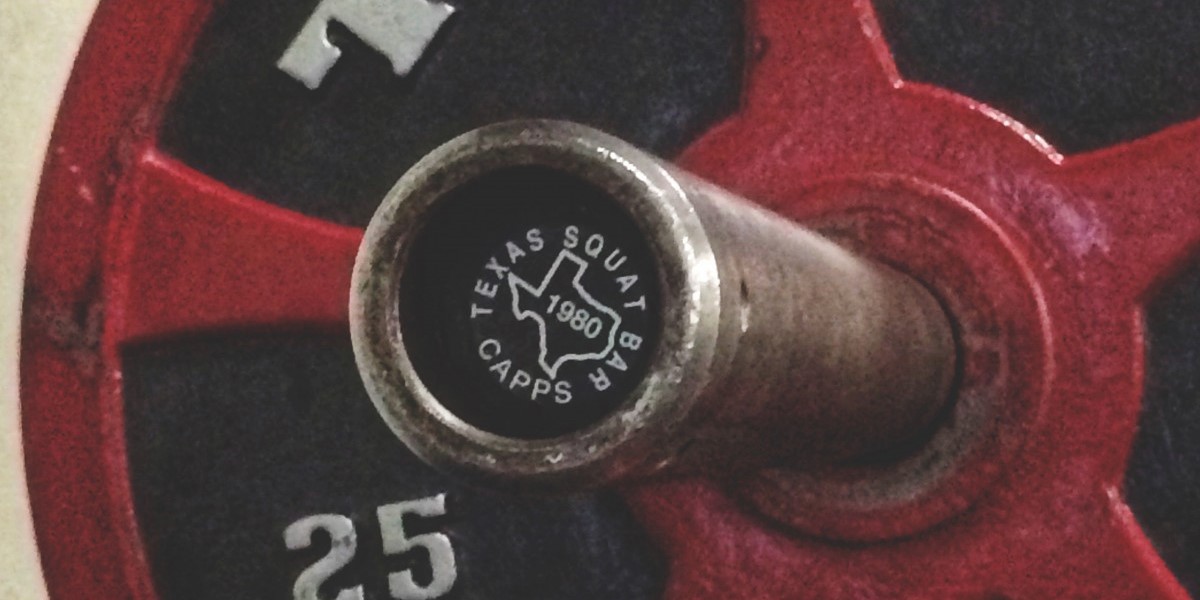
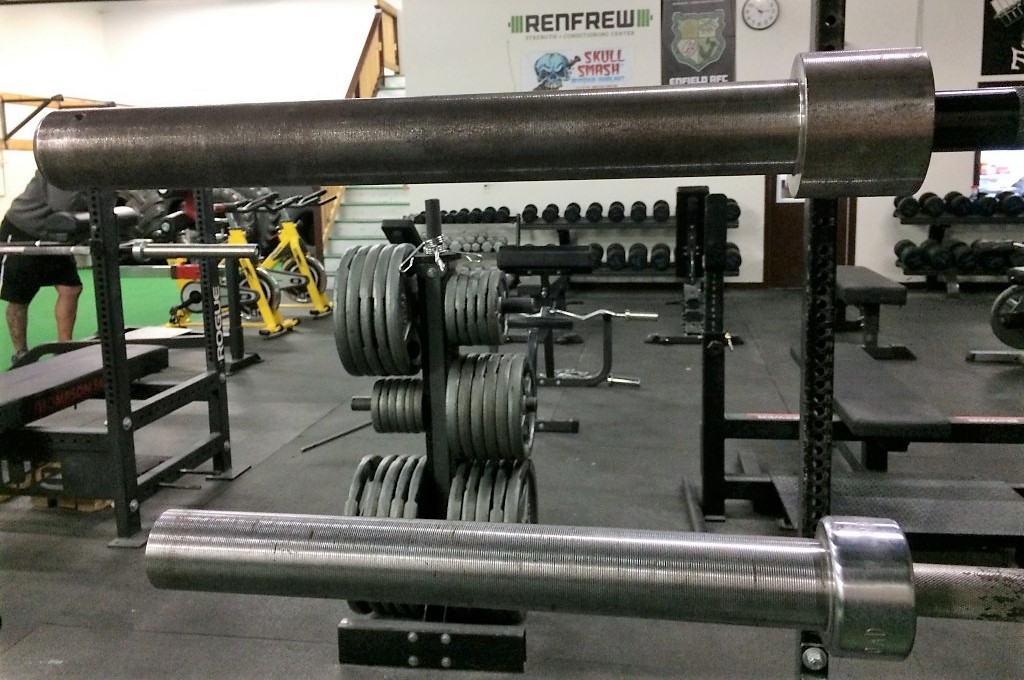
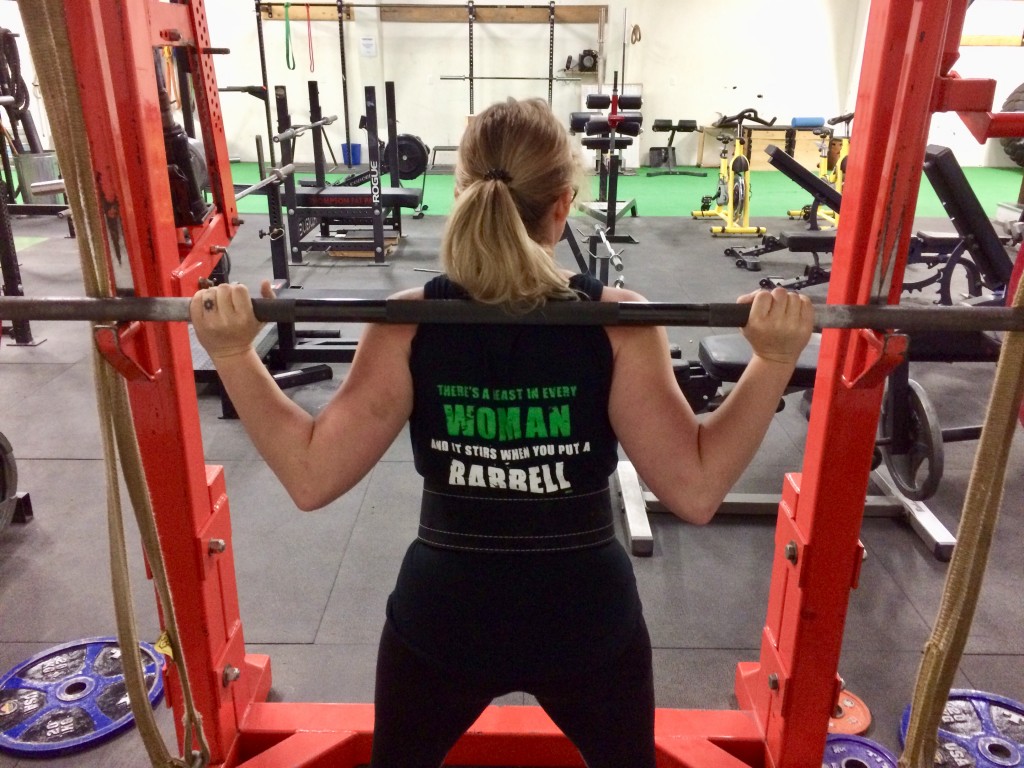
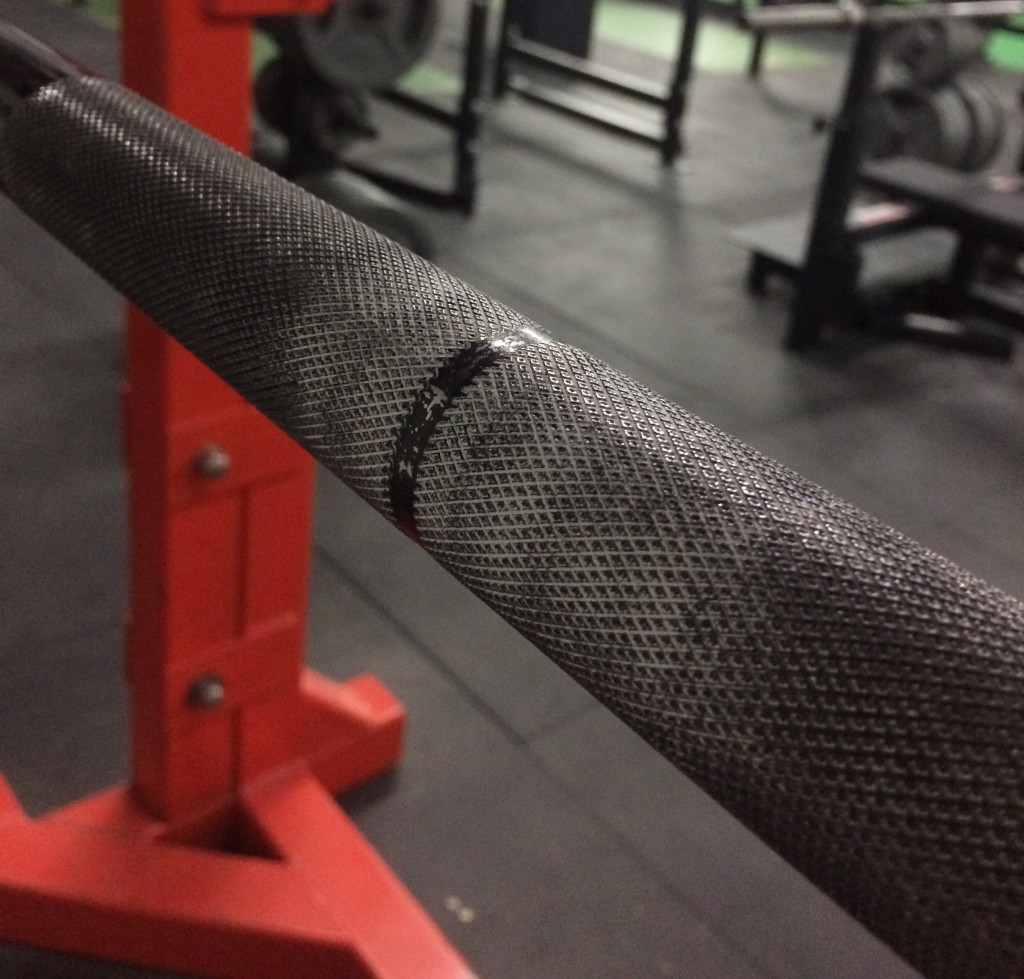
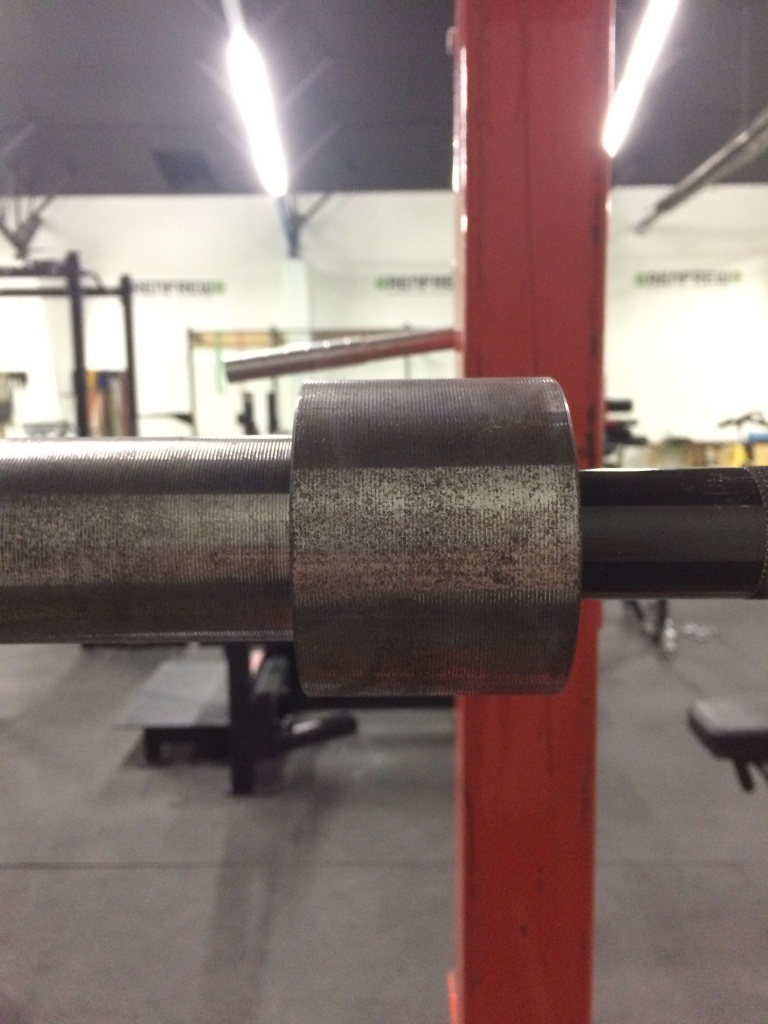
How does it compare to the Rogue safety squat bar? I’m trying to get back into squat but have shoulder injury.
Great review. Its a great addition to my home gym.
Good to hear you’re getting use out of it!